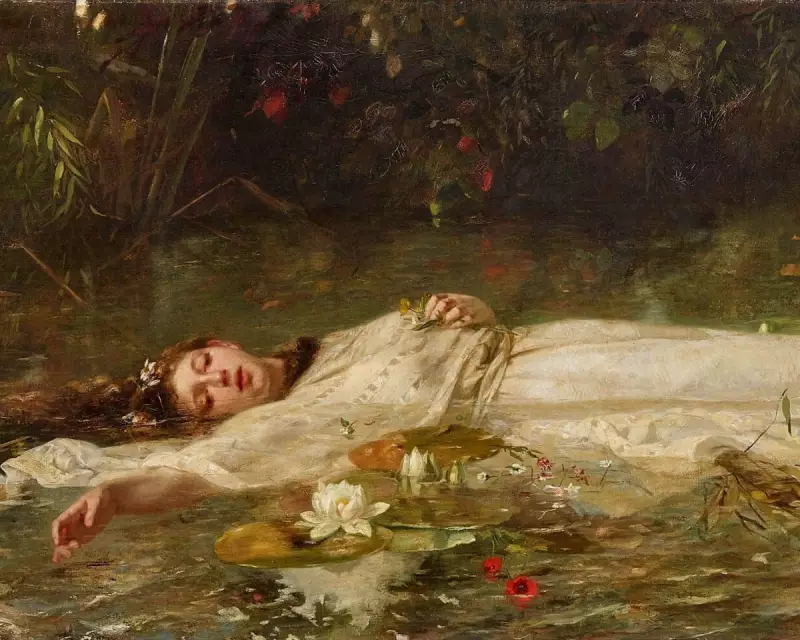
A fascinating cultural collision between pop music fandom and classical art is unfolding at a German museum, where Taylor Swift's dedicated followers have discovered what they believe to be a hidden connection to their idol.
The Unlikely Connection
The Städel Museum in Frankfurt has become an unexpected pilgrimage site for Swifties after fans identified striking parallels between John Everett Millais' iconic 1852 painting "Ophelia" and themes from Swift's latest album, "The Tortured Poets Department."
Social media platforms have been buzzing with comparisons, drawing connections between the painting's depiction of Shakespeare's tragic heroine and lyrics from Swift's recent work. The museum has reported a noticeable increase in younger visitors specifically seeking out the Pre-Raphaelite masterpiece.
Museum's Mixed Response
While museum staff welcome the renewed interest from a demographic that typically overlooks classical art, some curators express concern about the painting being reinterpreted through a modern pop culture lens.
"We're thrilled to see young people engaging with 19th-century art," explained a museum representative. "However, there's a delicate balance between appreciating the work for its historical significance and viewing it solely through the prism of contemporary music."
The Swift Effect on Cultural Institutions
This phenomenon represents the latest example of what cultural analysts call "The Swift Effect" - the pop star's ability to influence everything from local economies to academic discourse and now, art interpretation.
Previous instances have seen Swift's mentions of literature creating spikes in book sales and her song references reviving interest in forgotten historical figures. The art world now appears to be the latest beneficiary - or victim, depending on perspective - of this cultural force.
Broader Implications for Museums
The situation raises important questions for cultural institutions worldwide: How should museums respond when their collections become unexpectedly relevant to pop culture phenomena? Should they embrace these moments as opportunities for engagement or protect traditional interpretations?
Some art historians argue that such connections, however unconventional, demonstrate art's enduring relevance and ability to speak across centuries. Others worry about the dilution of academic integrity when classical works become backdrops for fan theories.
As the debate continues, one thing remains clear: the boundaries between high art and popular culture are becoming increasingly blurred, with Taylor Swift's fanbase leading the charge in unexpected directions.





